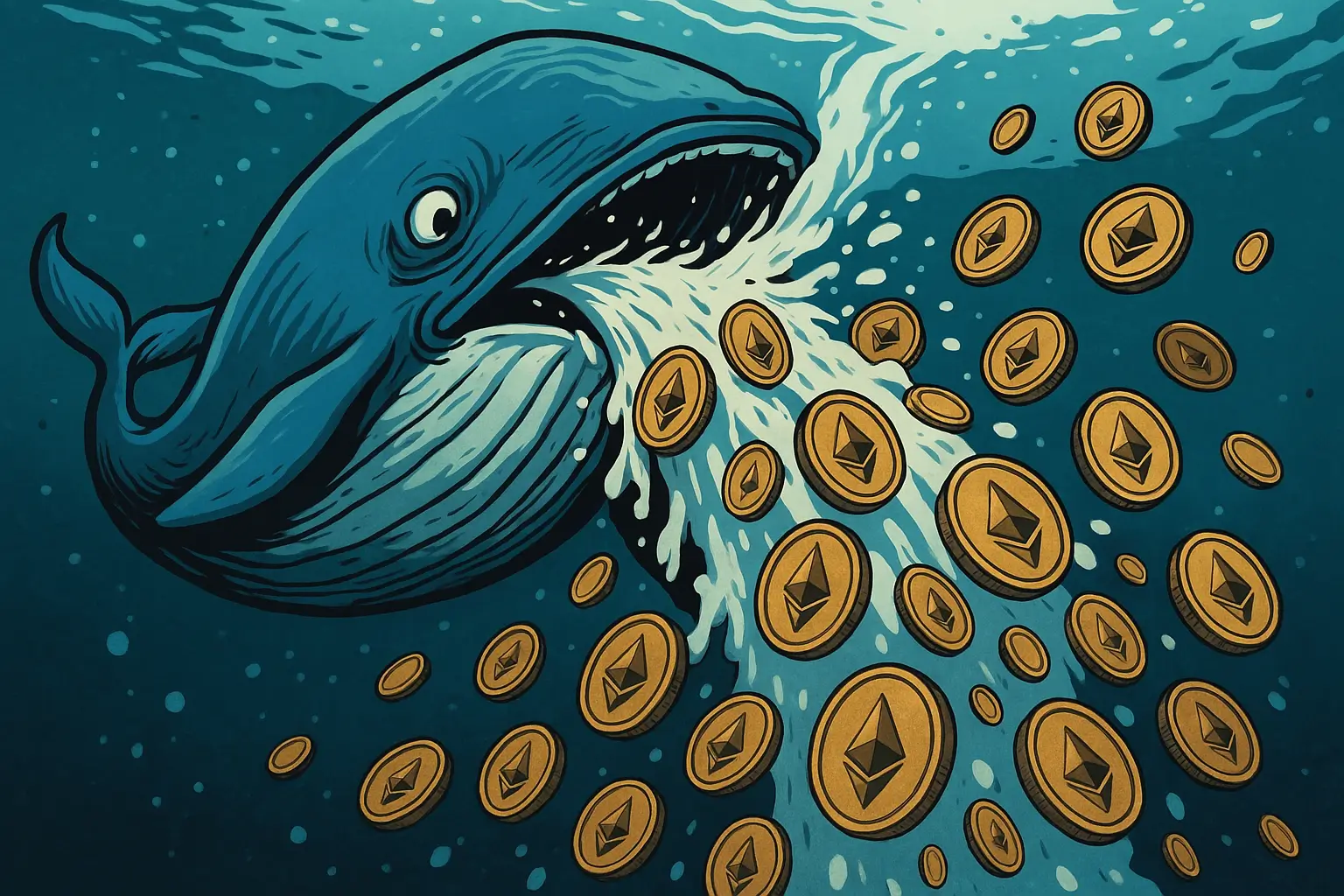What followed was a sweeping overhaul of the global monetary system.
At the center of the restructuring was a bold new framework: the U.S. dollar was now partially backed by both Bitcoin and gold, with each asset covering 25% of its value. Simultaneously, the Federal Reserve launched a Central Bank Digital Currency (CBDC) and expanded its balance sheet to an unprecedented $44 trillion. In response to these radical shifts, Bitcoin surged to $600,000 and gold reached $10,400.
Worldwide Reactions Reshape the Monetary Landscape
On August 14, Germany announced that the euro would now be backed by gold reserves at a rate of 10%. Emerging economies including Venezuela, Turkey, and Nigeria began shifting their foreign exchange reserves into Bitcoin, signaling a move away from traditional fiat dominance. Tether responded by launching a new Bitcoin-backed stablecoin. At that point, Bitcoin reached $265,000, and gold traded at $6,700. The global sentiment was mixed, ranging between cautious optimism and rising unease.
By September 5, market instability in the U.S. had intensified. Treasury yields soared beyond 8.5%, triggering a wave of concern that prompted the Federal Reserve to establish a Digital Stability Unit tasked with exploring a digital dollar. Within three weeks, U.S. real estate prices collapsed by 35%, and Bitcoin jumped to $390,000 while gold hit $8,900. The severity of the situation pushed the sentiment level higher, though anxiety remained.
Then came one of the most consequential moves yet. On September 25, the International Monetary Fund unveiled a revolutionary global reserve basket composed of 50% Bitcoin, 30% gold, 10% Chinese yuan, and 10% other assets. In parallel, the Bank of England introduced Bitcoin-backed gilt bonds, accelerating institutional adoption. Bitcoin climbed to $525,000 and optimism surged.
The Final Outcome and Market Fallout
Despite bold interventions, including freezing the 10-year yield at 9.2%, the Federal Reserve was unable to prevent a cascading collapse. Bitcoin settled at $600,000, while gold ended the run at $10,400. The U.S. dollar index (DXY) plunged from 96 to 68, and the S&P 500 lost half of its value. Confidence in traditional markets had all but vanished, and the sentiment score dropped to its lowest point.
Blockchain Emerges as the New Infrastructure
As legacy systems faltered, blockchain-based alternatives gained rapid adoption. One standout was RLUSD, a stablecoin that gained significant traction across the XRP Ledger and Ethereum networks. By the end of Q1 2025, RLUSD had reached a market cap of $44.2 million on the XRPL alone, suggesting a growing preference for decentralized, transparent financial
READ MORE:

JPMorgan Finally Lets Clients Buy Bitcoin
Conclusion
Fred Krueger’s narrative outlines a sweeping vision of monetary collapse and reinvention. Whether taken as speculation or foresight, it reflects deepening global uncertainty around fiat currencies, inflation, and the reliability of centralized economic control. At its core, the story captures the accelerating shift toward Bitcoin and blockchain as not just alternatives, but replacements for the financial structures that defined the last century.
The post Bitcoin’s Rise and the Collapse of the Old Financial Order appeared first on Coindoo.














 Bengali (Bangladesh) ·
Bengali (Bangladesh) ·  English (United States) ·
English (United States) ·